With 10,000 18-to 35-year-olds bound for snowier climes under Canada’s newly expanded working holiday visa scheme, the big question is where to go?
And it is a big question. The first thing you’ll notice about Canada is its size. At just under 10 million square kilometres, its territory is second only to Russia. Bounded by three oceans – Pacific, Atlantic and Arctic – it has the longest coastline in the world. To travel its shores at a rate of 20 kilometres a day would take 33 years.
Under the visa scheme, you’ve got just two years to pack it all in, so choose your destination with care.
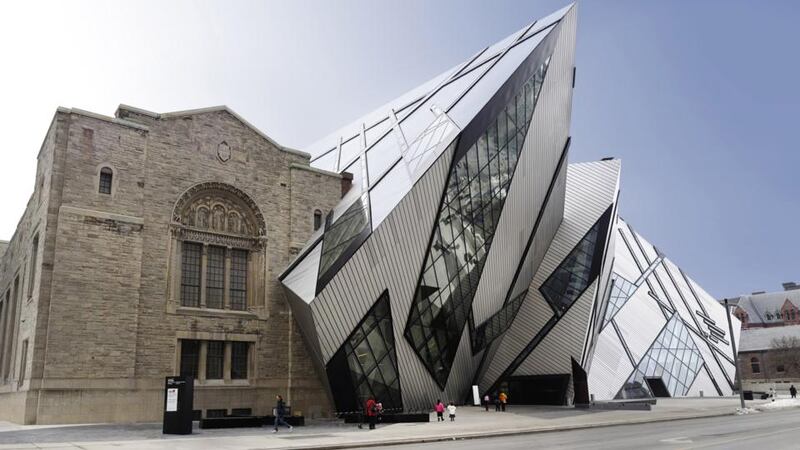
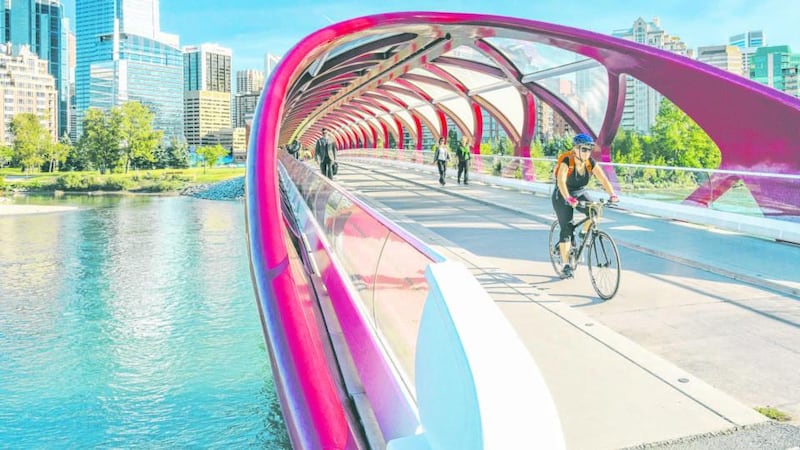
With 90 per cent of Canada’s 35 million population living along the US border and in the prairie cities of the west, its main urban centres are your best bet for combining work, play and plenty of sightseeing.
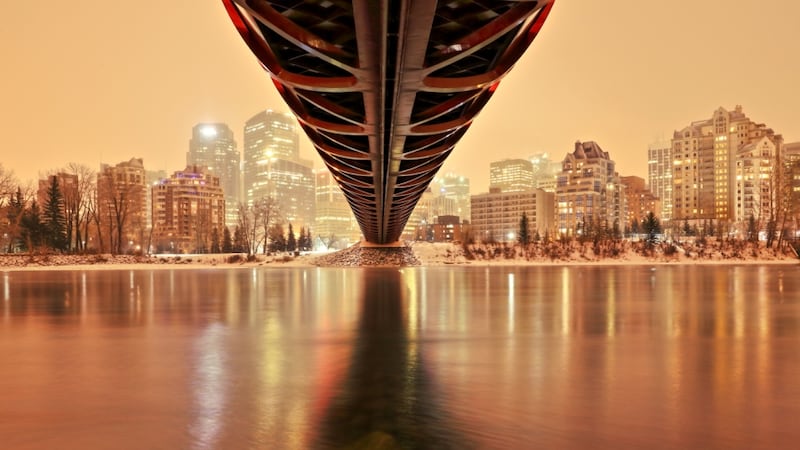
Calgary (Alberta)
The western city of Calgary, Alberta’s largest with a population of around one million, invites inward investment, and migration, with the slogan “Be part of the energy”, which gives some clue as to the nature of the business now driving its economy – oil.
The city sits one kilometre above sea level, with mountains to the west and vast prairies to the east and, while it can seem a little isolated compared with the other big Canadian cities, the city has loads of fun diversions to keep the visitor amused.
These include 700km of pathways to walk, run and bike, the opportunity to whiz around on ziplines, bobsleds and skis at Canada Olympic Park, and a great new penguin pool at Calgary Zoo which, by itself, makes up for the rather nondescript modern architecture that makes up most of the city centre.
What’s more, as a gateway to the outdoor playground that is the Canadian Rockies, just over an hour’s drive away, there is a great mix of trails to hike and bike, plus dude ranches and dinosaur bones in the Canadian Badlands to enjoy too.
Immigration is a way of life in Canada, a country whose population has tripled since the 1940s. One upshot of this is that while the country has no real national cuisine to speak of, its cities boast a great array of ethnic and fusion restaurants and Calgary is no exception.
There are also farmers’ markets for locally sourced fresh foods, outdoor shopping streets and indoor malls, with many of its buildings linked by second storey foot-bridges, enabling you avoid the worst of the winter weather.
Also known as Cowtown, the highlight of the year here is the Calgary Stampede, held over 10 days in July and comprising a wild west mix of rodeos, chuckwagon races and live music.
Wherever you are in Canada, the great outdoors is never far away and in Calgary, you can even go trout fishing in the Bow river that runs through it. Or paddle your own canoe through the city centre.
Check out How the West was Once, at Heritage Park Historic Village, or look to the future at Telus Spark, Calgary's new Science Centre. An eminently liveable city (unless you're a cat, in which case your right to roam is severely restricted), it is clean, green – the train service is wind powered – and crime rates are low.
Weather Typically sunny regardless of the season, summer days are long with peak temperatures of around 24 degrees Celsius by day. Winters are harsh, sometimes down to -30 degrees at times.
Economy Over the past decade the city has experienced one of the fastest growth rates of any of Canada's major cities and has one of the best paid workforces. The cost of living is lower than either Toronto or Vancouver and unemployment is 5 per cent with average hourly wage rates for salaried employees at CAD 38 (€25). One bedroom apartments available for around CAD 1,500 (€1,000) a month.

Edmonton (Alberta)
Who could resist a city known as the Festival Capital of Canada? Alberta’s second city – admittedly also know as Canada’s Oil Capital – has 30 big shindigs a year, everything from cowboys to cross-country skiing has an event to celebrate it here, including the country’s biggest cultural Fringe Festival, which attracts half a million spectators.
It’s also one of the sunniest spots in the country, with 2,300 hours of bright sunshine a year – not far off what you’d find in the South of France. Okay, so a lot of it is sunshine on a cold day, but at least you’ll avoid SAD (seasonal affective disorder).
There’s good shopping and socialising, with a quirky mix of boutiques and coffee shops along Whyte Avenue in Old Strathcona, close to Canada’s largest regional theatre, the Catalyst.
Don’t miss the West Edmonton Mall either. It’s the biggest shopping centre in North America, with more than 800 shops vying for your money, plus its own waterpark and a full size skating rink.
There’s a great natural history museum, an award winning, if slightly puzzling, Ukranian Cultural Heritage Village, and plenty of outdoor delights such as Jasper National Park, a four-hour drive away, for hiking and skiing.
You don't have to leave the city to get out in the wilds, however. Edmonton River Valley Park is the biggest forested urban parkway in North America, perfect for biking or paddling in the North Saskatchewan River.
Weather Summer hovers around 23 degrees but be aware of long, cold winters, with December temperatures typically around -4 degrees by day – and -14 degrees by night.
Economy Ethnically diverse, Edmonton's oil and gas industries have helped fuel immigration, with around a quarter of the city's population coming from Asia.
The influx has pushed housing prices up but, on the other hand, taxes are low (as in Calgary, Alberta residents pay lower taxes than those in other provinces). Unemployment is just over 5 per cent and, apart from a shortage of skills in the gas and oil sectors, there is demand for professional services too. Apartments rent for around CAD 1,000 (€660).
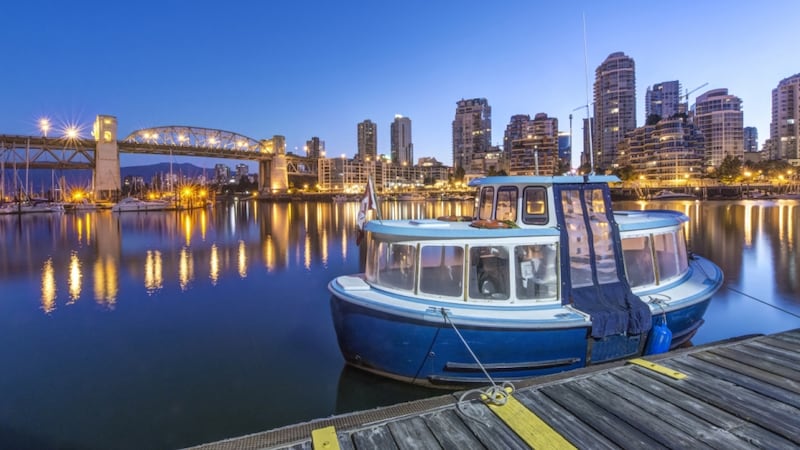
Vancouver (British Columbia)
Located on the Pacific west coast of Canada, with the sea on one side and mountains on the other, the laid back city of Vancouver will strike a chord with many a Dubliner, except that it has 10 beaches, 220 parks and, just half an hour away, three ski resorts.
The ethnically diverse city (almost half of the city’s residents don’t speak English as a first language), it has a relaxed vibe and regularly scores highly in worldwide “most liveable” awards.
Expect to spend your down time strolling the seawall around Stanley Park, visiting the city’s Aquarium and Art Gallery and enjoying its good variety of ethnic restaurants. Shop the boutiques along Main Street for one-off pieces by local designers, check out the produce at Granville Island public market, or just wander the high rise marina-side developments at upmarket Yaletown.
Here, too, there are plenty of adventure activities to keep adrenaline junkies fired up, including an opportunity to zipline down Grouse Mountain at speeds of up to 80km per hour. A ski resort, the mountain is just a 20 minute drive from the city and is also home to Eye of the Wind – a glass pod set over the mountain peak.
Or take the Cliffwalk, a cantilevered path almost a mile out over a granite precipice at Capilano Suspension Bridge Park, and don't miss the chance to see baby grizzly bears at play in the orphaned bear sanctuary on Grouse Mountain.
Weather Average daily July temperatures of 17.5 degrees. Winter here is considered the mildest of any big Canadian city, at around 3 degrees in January, and wet, with snow in the mountains but less so in the city.
Economy The Economist Intelligence Unit last year found the cost of living in Vancouver to be the highest of any city in North America. A major port city, it offers diverse employment opportunities, including in biotech, green energy and software development. One bedroom apartments to rent from around CAD 1,000/€660.
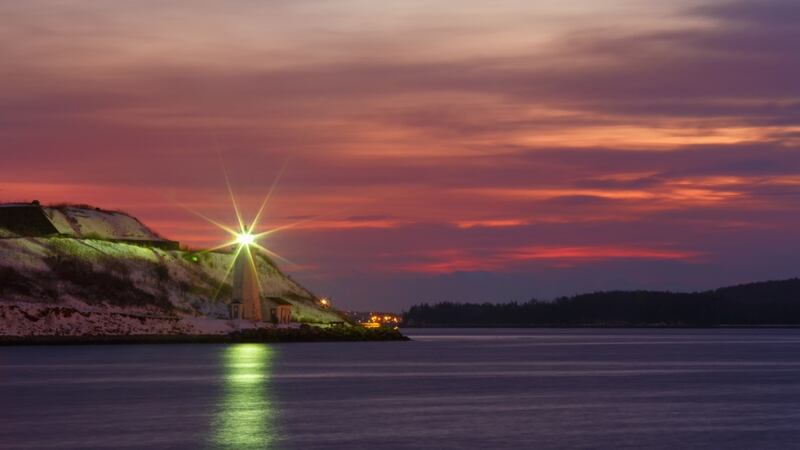
Halifax (Nova Scotia)
This western tip city has more pubs and clubs per capita than almost anywhere else in the country, and almost as many Titanic exhibits, being the city where many of its passengers were buried.
Must dos for tourists here include an amphibious city tour, shopping on Spring Street, and visiting the 18th century home of a Quaker barrel maker in Dartmouth – gentle pleasures.
Take a wander around the Hydrostone neighbourhood, whose cinderblock shops and houses were built in 1917 to house those displaced by the great Halifax Explosion, the collision between two ships in its port, one of which was packed to the gills with war-bound explosives.
Now gentrified, it’s a great place for shops and restaurants. There’s more military history at the Halifax Citadel, with panoramic views of the city below plus a raft of year-long events too, including the Halifax International Tattoo, a busker festival and the acoustic Dead of Winter Music Festival. Halifax is also home to Pride, Canada’s biggest LGBT cultural festival.
Take a tall ship cruise, walk across the McDonald Bridge between Halifax and Dartmouth and take the ferry back, enjoy the white sandy beaches at Crystal Crescent or see how many whales have the hump on a sea safari.
Weather Summer can hit 20 degrees, but winter is a mix of snow, ice and rain. November is the wettest month.
Economy A small city, with a population of less than half a million, unemployment here is around 6 per cent. But that might all change – the city is about to rebrand itself with a new city slogan "be bold", to help promote both tourism development and inward investment. Rents are cheaper here, at around CAD 800 (€530 for a one-bedroom apartment.
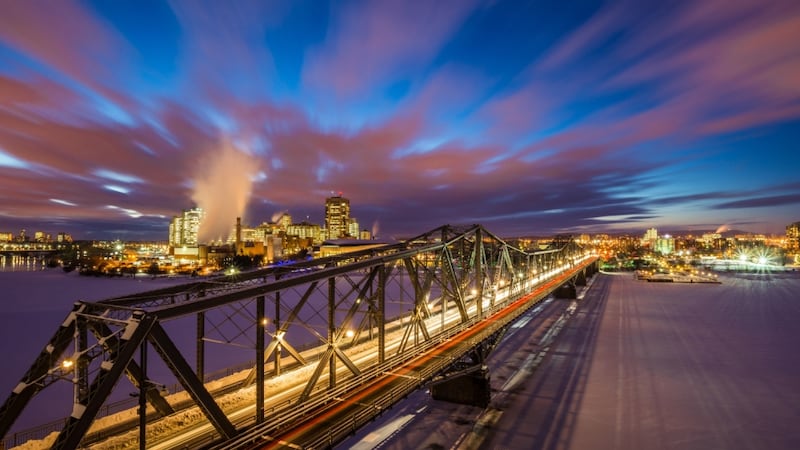
Ottowa (Ontario)
With a population of 1.2 million, Canada’s capital is only its fourth biggest city, but undoubtedly its cleanest.
Situated on the border with Quebec, it’s also one of the country’s bilingual cities and one with a good stock of heritage sites and landmarks, including Parliament Hill, plus great museums and galleries and, of course, the Rideau Canal, a Unesco World Heritage Site.
It’s a great city to explore on foot with self-guided walks such as Street SmART and Decoding Art to help guide you through its rich cultural seam. In the neighbouring, mainly French speaking city of Gatineau, a short walk-on ferry ride away, don’t miss the Canadian War Museum and Gatineau Park, which has lakeshore beaches plus hiking and cycle trails.
Pack a picnic at Byward Farmers’ Market and head up Major’s Hill Park to enjoy the view. On Sundays, the city’s most scenic coastal and parkway roads are closed to cars and given over entirely to pedestrians, cyclists and rollerbladers.
In winter the locals enjoy the world's biggest skating rink, the frozen Rideau Canal. At almost 8km long, with snack vendors providing sustenance along the way, the Skateway runs right into the heart of the city, ending just steps from Parliament Buildings. Winterlude is the city's big winter festival. May sees the city enjoy the world's largest Tulip Festival, when Gatineau Park is a riot of colour, thanks to a gift from the Dutch government for having harboured its royal family during the second World War.
Weather Sunny and warm from late May to late September, it can get hot and humid so bring your Deet. Winter sees temperature drops to -15 degrees and lots of snow.
Economy With more than 100,000 civil servants, government is the biggest employer here. Unemployment stands at just over 6 per cent. Two thirds of the city's population are native English speakers, 15 per cent French and 21 per cent other languages. The city is four and a half hours' drive from Toronto and two from Montreal.
It is more sporty and family-oriented than a party destination. Crime rates are low, while household incomes are among the highest in Canada. Has been called Silicon Valley North because of its concentration of high tech companies.
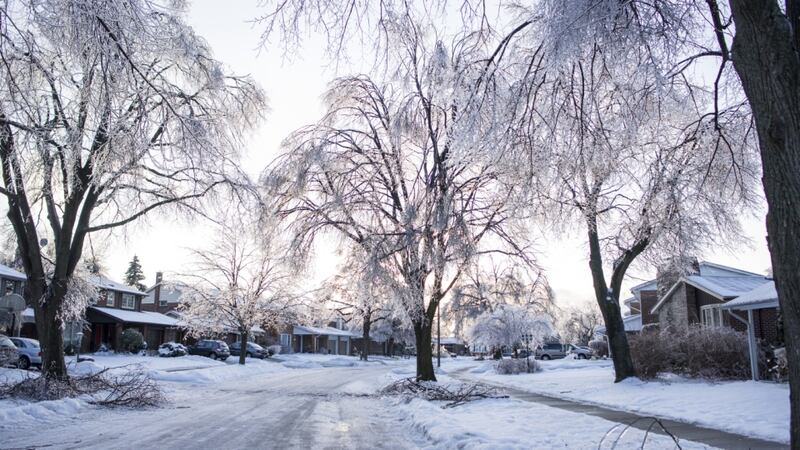
Toronto (Ontario)
With its “Diversity Our Strength” motto, Toronto is a city overseas travellers can fit right in to. One of the world’s most multi-cultural cities, almost half its 2.7million population are immigrants. The Greater Toronto Area, which covers satellite cities such as Durham, Halton and York, pushes the population figure up to 5.5 million, making it one of the biggest urban conurbations in North America.
For visitors however, Toronto is probably best known for the CN Tower, the telecoms building – almost five times taller than Dublin’s Spire – with a viewing platform and a fancy restaurant up top.
Soak up the buzz of the galleries and cafes in the pedestrian-only Distillery Historic District, famous for its preserved Victorian industrial architecture. Go shopping for fashion on Bloor Street and the Eaton’s Centre and make sure to hit the theatre district which rivals that of Broadway and the West End.
In summer, visit the eclectic mix of shops and cafes at the Beaches, a laid back district on the sandy shores of Lake Ontario, and stroll the 3.5km boardwalk. In winter, it’s all about skating at Kew Gardens or Nathan Philips Square and walking at a warming clip along the boardwalk to see the ice formations.
A great city for art and design, the two are melded at the Art Gallery of Ontario, redesigned by the Toronto-born superstar architect Frank Gehry.
As well as traditional cultural repositories to visit, such as the Royal Ontario Museum, there are quirky must-sees such as the Bata Shoe Museum, with 10,000 pairs including Napoleon’s socks, Elton John’s silver platforms and a pair of surprisingly high-heeled Chelsea boots belonging to John Lennon.
The Toronto International Film Festival gives the city red carpet fever each September, while the Luminato Festival, a 10-day event in June, combines fireworks, art, talks and musical performances. A major performing arts centre, the city has more than 50 ballet and dance companies and if that's all a bit high brow for you, it is also known for its amusement parks, including the country's biggest, Canada's Wonderland.
Weather Expect extreme seasons, with hot and often humid summers and freezing, snowy winters.
Economy Toronto is Canada's largest city, the fifth most populous in North America, and growing. It's also the financial capital of a country that deftly avoided the banking meltdown experienced in the US and Europe.
With plans for a new all-weather amusement park and the gig of hosting the Pan American Games in 2015, the construction sector is experiencing a fillip. Despite this, unemployment stands at 8 per cent. Expect to live in a high rise, at around CAD 1,200/€790 a month.
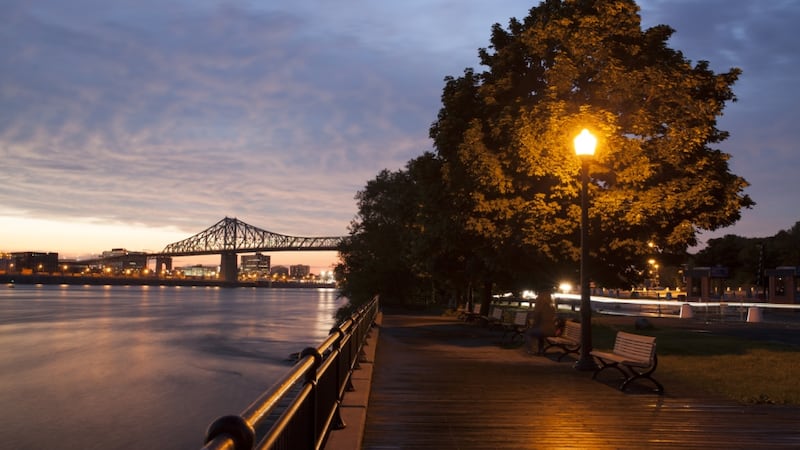
Montreal (Quebec)
Worried about the winter? In Montreal you might not even notice it. With more than 30km of underground city – basically giant subterranean shopping malls interspersed with metro stations – its four million residents can get on with their lives regardless of what Mother Nature is up to.
The world’s second largest French speaking city – after Paris – French is its sole official language. It’s got panache too, a stylish and creative hub accorded Unesco City of Design status.
Get your bearings from Mount Royal, the highest point, where you can see everything from the 1976 Olympic Stadium to the distant Laurentian Mountains.
Then head back down to enjoy its legendary nightlife. The city is home to the famous International Jazz Festival, during which you’ll find plenty of free concerts, as well as the Just For Laughs comedy festival and an international fireworks festival.
Check out diverse urban villages including Chinatown, Little Italy, the Latin Quarter and Le Village Gai, its gay village. Shop like a local at the Simons department store downtown and along the trendy boutiques of buzzing Crescent Street.
Take in a circus at La Tohu, exercise your brain at one of its four science museums or enjoy its rich cultural life including opera, theatre, art exhibitions and outdoor events at the Place des Arts. Then get back to nature with day trips to the Laurentians for hiking, biking or ski and snowboarding.
Weather Montreal can get hot and humid in summer, with plenty of snow in winter.
Economy Previously the country's main business hub, it has been overtaken in the past 30 years by Toronto. Household incomes here are slightly below the national average and unemployment is high by Canadian standards, at 8 per cent. That said, the city still has strong industry sectors including aerospace, IT and pharma.
Brush up your French though, only 12 per cent of the people here are native English speakers.
By law, to get a job which deals with members of the public you have to be competent in French. Montreal has the lowest rental costs of any major Canadian city with one-bedroom apartments available from CAD 800/€530 in the city centre.
















